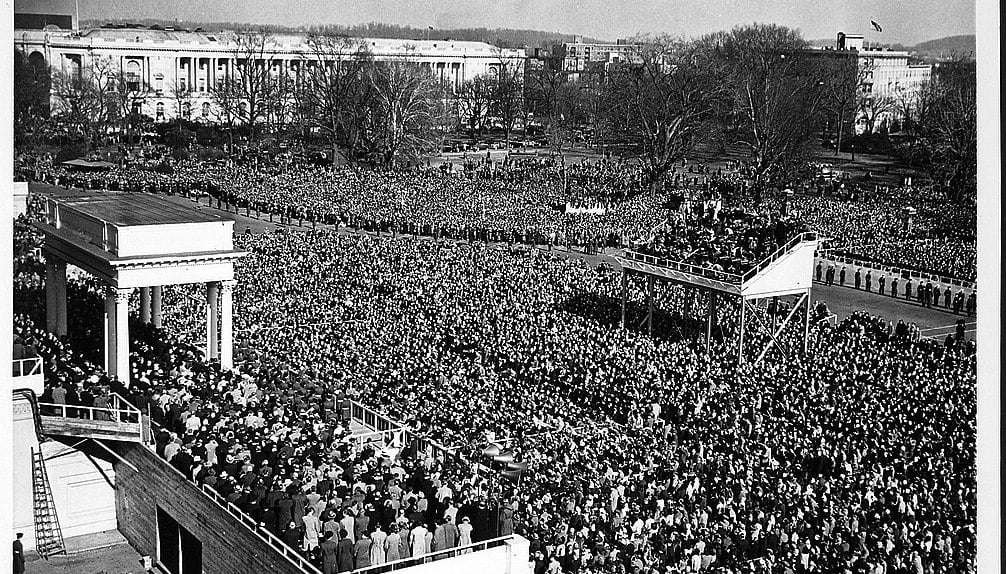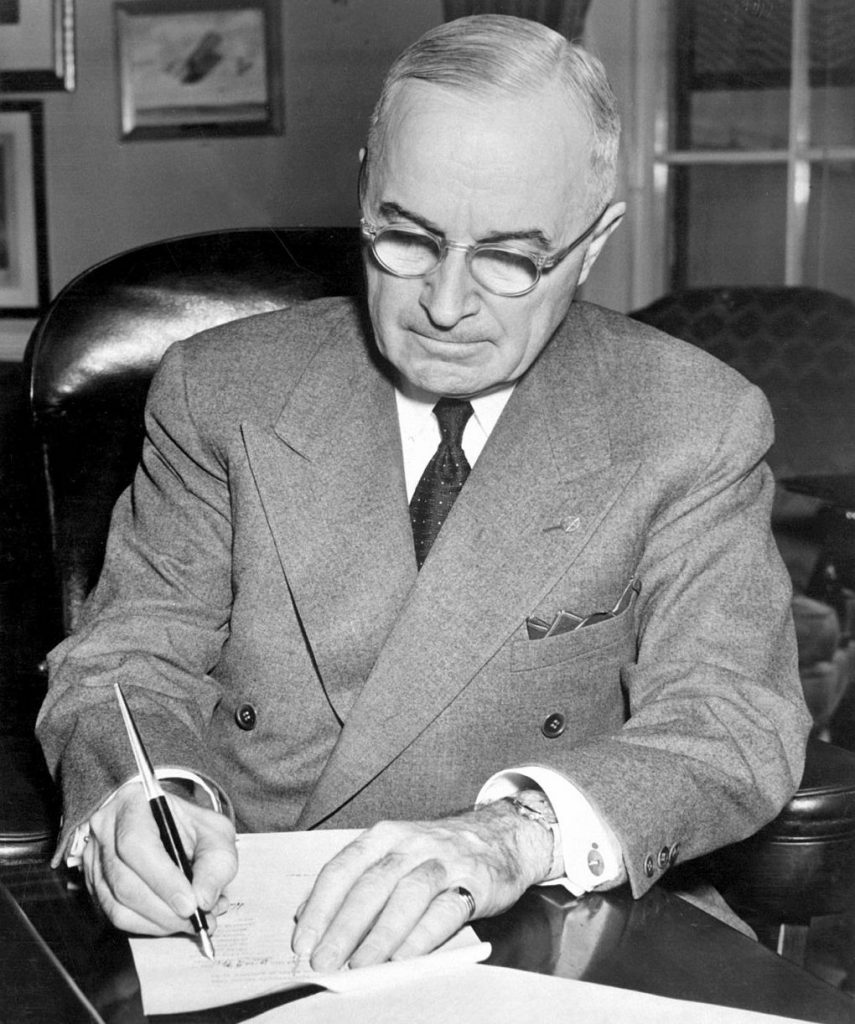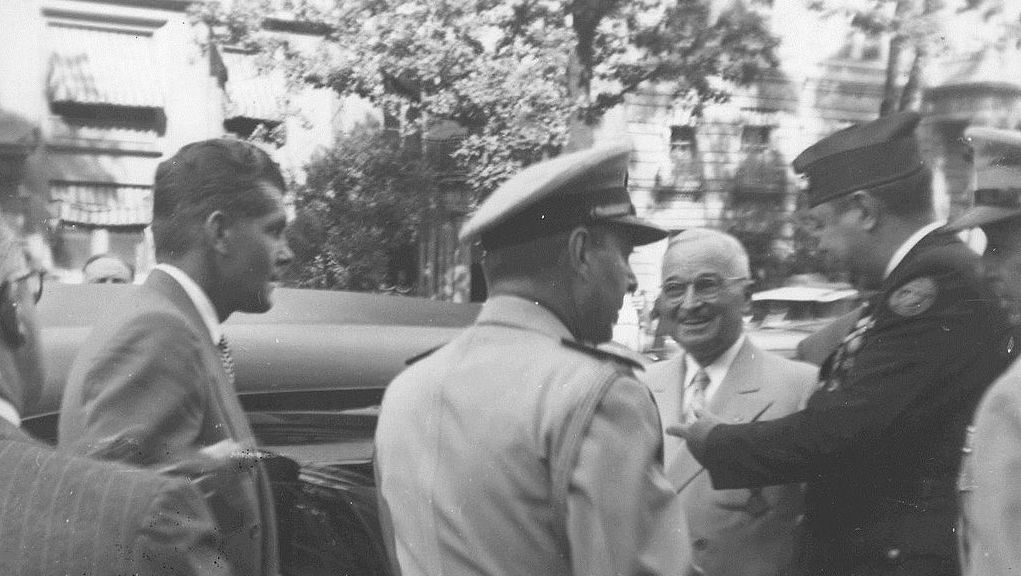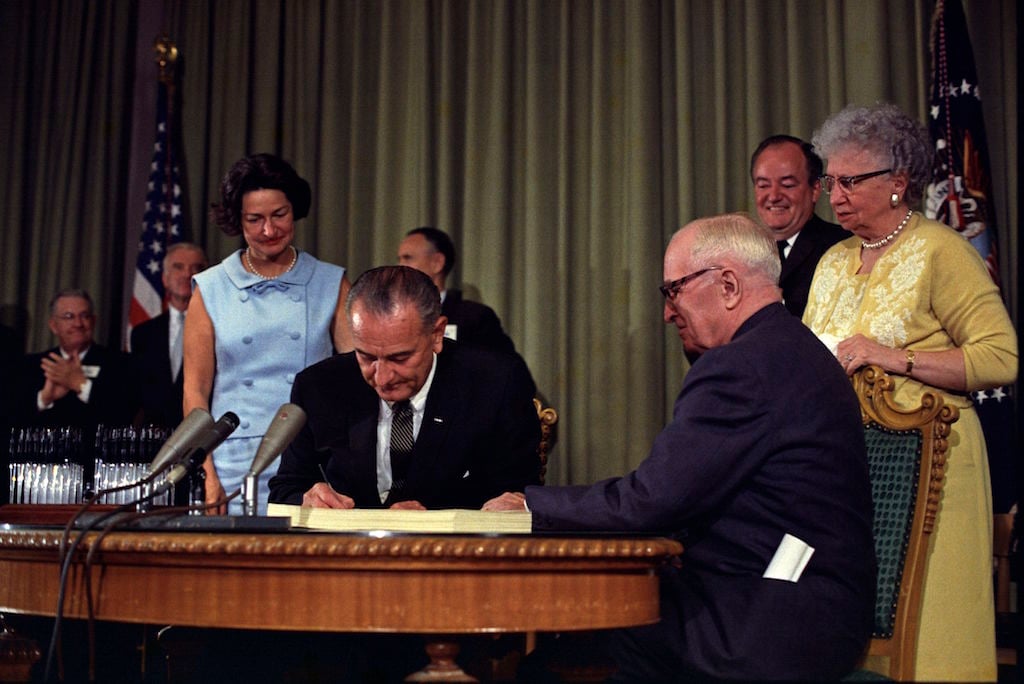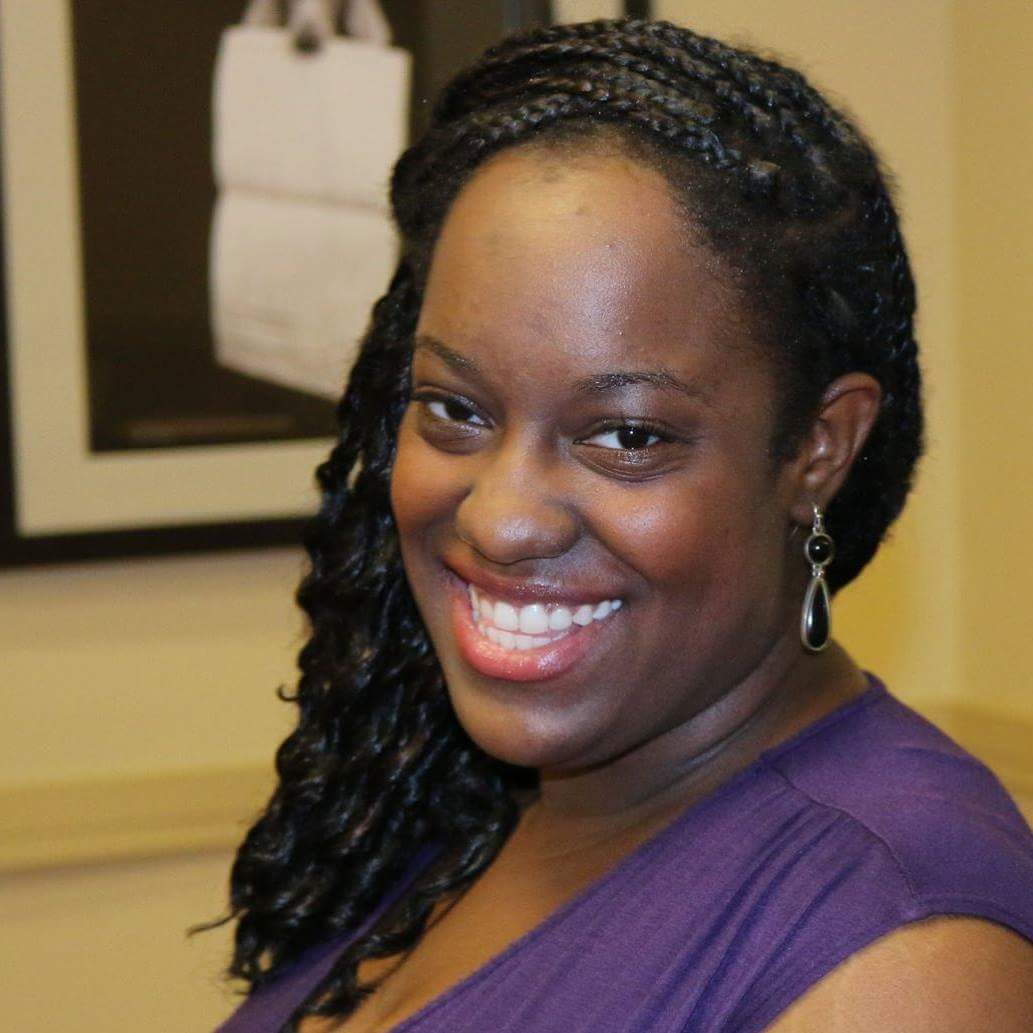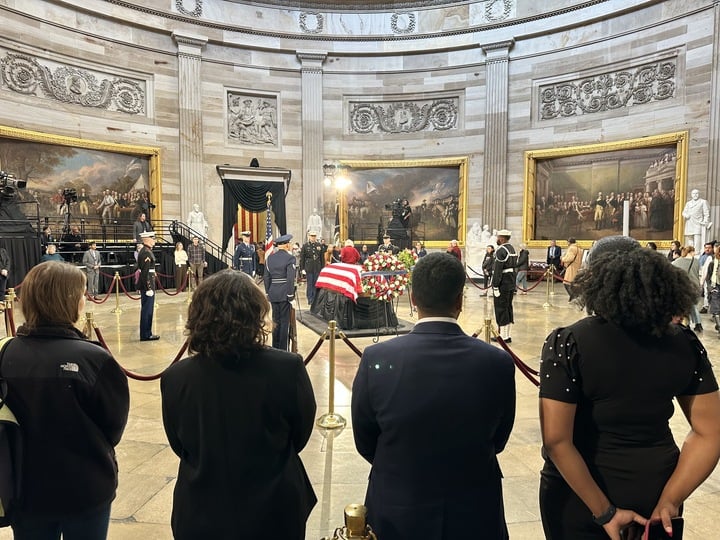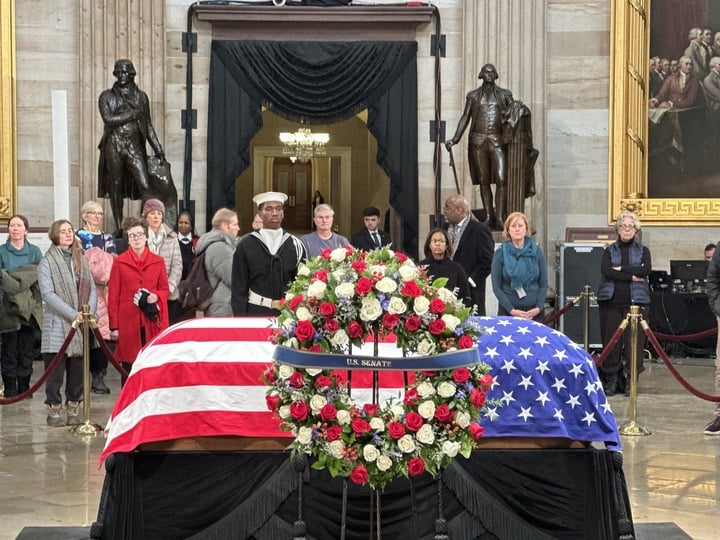On November 1, 1950, President Harry S. Truman was living in Blair House, where he spent four years of his presidency due to ongoing renovations at the White House. That day, Griselio Torresola and Oscar Collazo tried to enter the residence at around 2 pm.
Torresola and Collazo were part of the Puerto Rican Nationalist Party and wanted to bring attention to Puerto Rico’s fight for independence. They decided to do this by killing the president.
They entered the house from different directions and tried to shoot their way to the room in which Truman was napping. In the ensuing gunfight, Torresola and Collazo wounded three White House policemen, including Private Leslie Coffelt, who would later die of his wounds. Truman survived the attack, and Coffelt shot Torresola in the head, killing him instantly. Collazo also sustained injuries, receiving a gun shot wound in his chest.
When asked later that day about the event, Truman told Time magazine that “A President has to expect those things,” adding “the only thing you have to worry about is bad luck. I never have bad luck. ”
Collazo was convicted and sentenced to die for his actions; in 1952 Truman commuted his sentence to life imprisonment. In 1979, based on recommendations from the attorney general and secretary of state, President Jimmy Carter freed Collazo. After spending 28 years in prison, he returned to Puerto Rico, where he died in 1994.
Here are some photos of Truman during his two terms as president:

